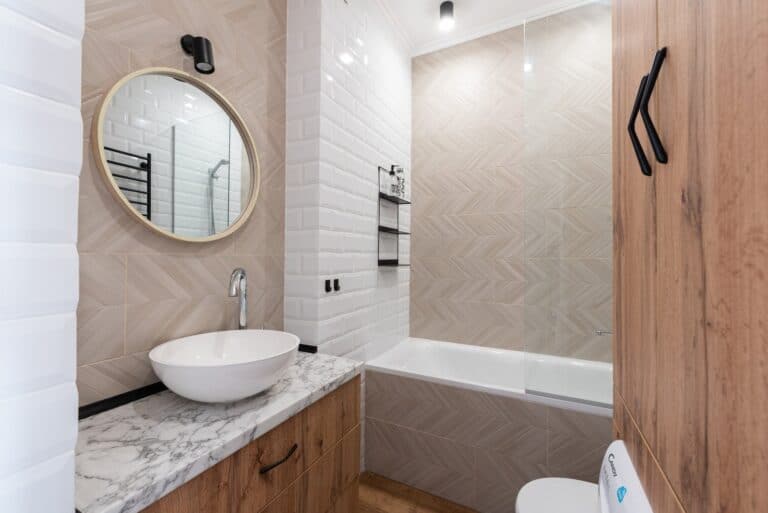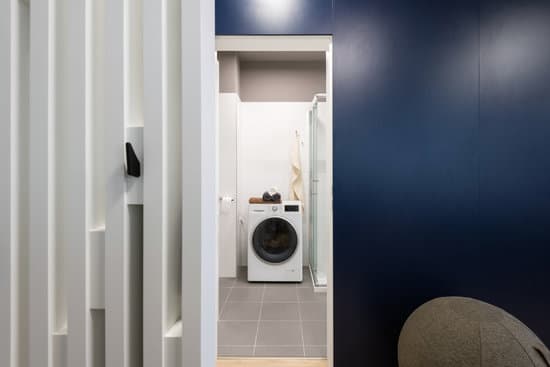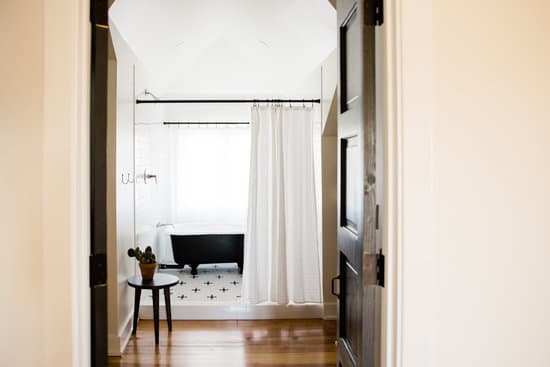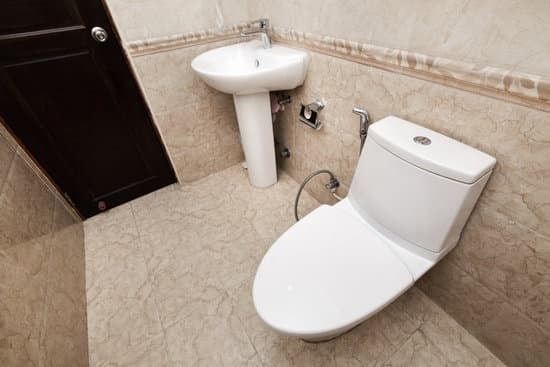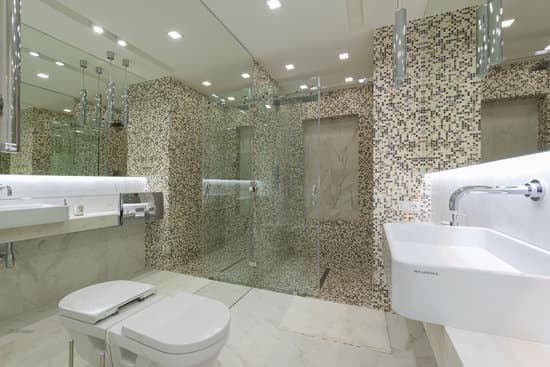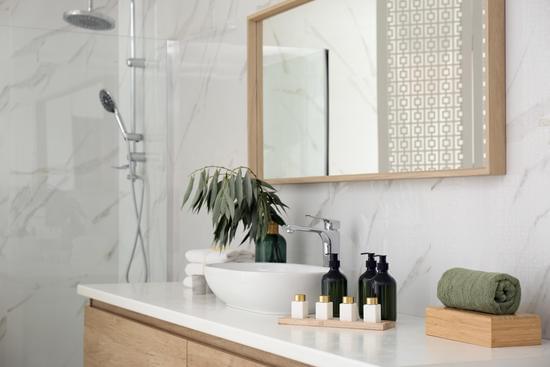Are you looking to add a unique touch to your bathroom while also maximizing storage space? Converting a dresser into a bathroom vanity is a creative and practical solution. This article will guide you through the process step by step, ensuring that you have all the necessary tools and safety precautions in place. By following these instructions, you’ll be able to transform an old dresser into a stunning and functional addition to your bathroom in no time.
Choosing the Right Dresser
Choosing the right dresser is crucial when converting it into a bathroom vanity. Safety should always be a priority, so make sure to choose a dresser that fits well in your bathroom space and has sturdy construction. Consider the dimensions of the dresser to ensure it will fit properly in your desired location. Measure the width, height, and depth of both the dresser and your bathroom space to ensure a proper fit. Additionally, consider the style of the dresser to achieve the aesthetic you desire for your bathroom. Whether you prefer a modern, vintage, or rustic look, there are dressers available in various styles to suit your taste. By selecting a dresser with appropriate dimensions and style, you can successfully transform it into a beautiful and functional bathroom vanity.
Preparing the Dresser for Conversion
Before starting, make sure the dresser is clean and free of any debris. Safety should always be a priority when converting a dresser into a bathroom vanity. Here are the necessary tools for this project:
- Screwdriver
- Drill
- Measuring tape
To properly remove drawers from the dresser, follow these steps:
- Empty all contents from the drawers and set them aside.
- Locate the screws or nails that hold each drawer in place.
- Using a screwdriver or drill, carefully remove these screws or nails.
- Gently pull the drawer towards you while supporting it from underneath to prevent any accidents.
Remember to work slowly and cautiously throughout this process to avoid damaging the dresser or injuring yourself. By following these steps and using the necessary tools, you’ll be on your way to successfully converting your dresser into a beautiful bathroom vanity.
Installing the Sink and Faucet
To install the sink and faucet, start by measuring and marking the appropriate placement on the dresser. Ensure that the sink will fit properly and align with any existing plumbing connections. Use a pencil to mark the position of the sink on top of the dresser, making sure to leave enough space for the faucet installation. Once marked, carefully cut out the hole for the sink using a jigsaw or a hole saw. Take your time and wear safety goggles to protect your eyes from any flying debris.
Next, it’s time to install the faucet. Follow the manufacturer’s instructions for assembly and make sure all connections are secure. Place a bead of silicone caulk around the base of the faucet before inserting it into its designated hole on top of the dresser. Tighten all nuts underneath to ensure a watertight seal.
Remember, safety is important when working with tools and plumbing fixtures. Always follow proper safety precautions to avoid accidents or injuries during this process.
Keywords: Sink placement, Faucet installation
Adding Storage and Functionality
When adding storage and functionality to your bathroom vanity, consider incorporating shelves or drawers for organization. This is especially important when maximizing small bathroom space. Having designated spaces for towels, toiletries, and other essentials can help keep your vanity area neat and clutter-free. Additionally, incorporating unique design elements can add charm and personality to your bathroom. Consider using decorative baskets or bins to store items, or installing open shelving for a modern touch. Remember to prioritize safety when choosing storage options – make sure everything is securely fastened to the dresser and avoid sharp edges or corners that could pose a risk of injury. By thoughtfully designing your converted dresser into a bathroom vanity, you can create a functional and stylish space that meets all your needs.
Finishing Touches and Finalizing the Vanity
To complete the bathroom vanity, add the final touches and make any necessary adjustments for a polished and functional space. Here are some important things to consider:
- Mirror placement: Choose a mirror that fits well with your dresser-turned-vanity. Make sure it is securely mounted at an appropriate height for everyone using the bathroom.
- Lighting fixtures: Install adequate lighting above or on both sides of the mirror to ensure proper illumination for everyday tasks like applying makeup or shaving. Consider energy-efficient LED lights for better visibility and lower electricity consumption.
- Safety precautions: Ensure all electrical connections are done by a professional to avoid any potential hazards. Use waterproof materials in areas prone to moisture, such as around the sink and faucet.
- Final touches: Add decorative elements like drawer pulls or knobs that match your bathroom’s aesthetic. Consider adding a backsplash behind the sink area to protect the wall from water splashes.
By paying attention to these details, you can transform your dresser into a stunning and functional bathroom vanity while keeping safety in mind.
Conclusion
So there you have it, converting a dresser into a bathroom vanity is a great way to add style and functionality to your space. By choosing the right dresser, preparing it for conversion, installing the sink and faucet, adding storage options, and putting on the finishing touches, you can create a unique and personalized vanity that suits your needs. With some time and effort, you’ll have a stunning vanity that will be the envy of all your friends. Happy DIY-ing!

